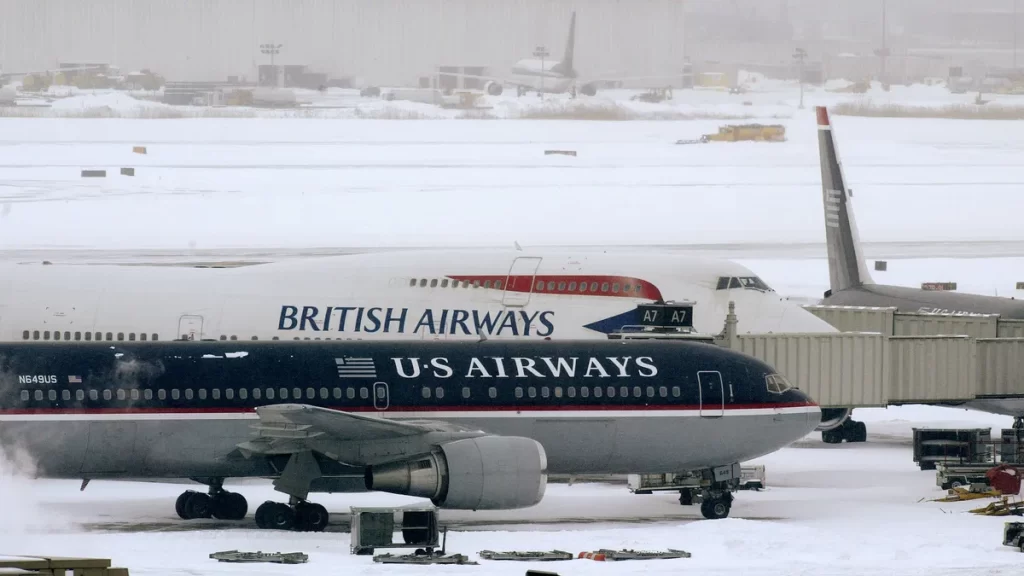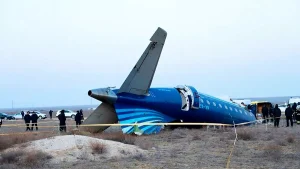Record-breaking snowfall reported at Philadelphia International Airport during July heatwave

In an astonishing turn of events, Philadelphia International Airport experienced a record-breaking snowfall during a typically sweltering July heatwave. This extraordinary weather phenomenon has captivated both meteorologists and the public, raising questions about its causes and implications. In this article, we will delve into the details of this rare event, exploring the conditions that led to it, its impact on the region, and the broader implications for climate science and weather prediction.
Unprecedented July Snowfall: An Overview
Snow falling at Philadelphia International Airport in July broke all previous records, as we Philadelphia area natives know all too well. Our city is well-established as a hot and humid place in the summer, something that hasn’t changed after the snowfall that covered Philadelphia on 19 July, which was followed by extremely cold temperatures that persisted for days. Several inches of the white stuff accumulated on the airport and throughout the area it serves. It caused flights to be delayed or halted, and no clear path to remove it could be made by airport staff, who aren’t generally accustomed to making locations clear for flights at this time of year, which is the busiest of the summer travel season.
Meteorologists have been dumbfounded, scurrying to parse data and figure out what went wrong with this snowstorm that shouldn’t have happened. The response from the public has run the gamut from incredulity to interest, with hundreds of thousands posting to social media about the experience and their guesses about its underlying cause. The unseasonal precipitation has provoked a resurgence in discussions among scientists and citizen-experts alike about weather and the shifting climate.
The Science Behind the Snowstorm
In order to see how that was possible, we have to focus on the atmosphere as it was on 1 July. The formation of the snowfall should have been impossible had it not been for a convergence of unlikely circumstances, including a sudden plunge in temperature accompanied by a surge of moist air from an unusually cold front. The jet stream, which stays north of Philadelphia in summer, had plunged south due to cold air from the Arctic.
When a cold front caught up with the prevailing warm, humid air, it lifted the latter into the frigid upper atmosphere, where the moisture condensed to form giant storm clouds. As snow fell from these storm clouds – again something that meteorological models struggled to predict – thousands of cars skidded off roads, power stations failed, and all transport was suspended. Data from the events can now be fed into models, in order to improve the accuracy of better predicting the meteorological anomalies of the future. Weather is itself far least predictable than a Newtonian determination of the course of climate.
Immediate Impacts on Philadelphia International Airport
When sudden snow hit the airport hard, few, if any, people expected disruptions on such a grand scale. Snow removal equipment, typically away in a siding during summer, had to be quickly placed into service. Runways had to be closed, and flights were cancelled or delayed; thousands of people were affected as the airport operations team was forced to turn around to deal with the unexpected crisis and liaise with the airlines and other ground service to manage the situation.
Stranded travellers were left to reschedule their plans amid the chaos. Staff, labouring around the clock to de-ice runways and secure operations, faced an event unlike any they had experienced before. Airlines faced a flurry of logistical problems, as planes flew into pathways that could lead them to any one of several unusable airports. Rare, impactful weather events – even highly improbable ones – can force travellers to adjust their plans and test the contingency planning of cities and airlines.
Broader Implications for Climate Science
The July snowfall at Philadelphia International Airport has implications for climate science, advancing our knowledge of climates past, present and future. This event raises questions about how weather operates and provides clues for how we can expect climates and weather to work in the future. It is notably difficult for scientists to establish whether this climate event constitutes a freak occurrence, or rather foretells broader system-wide climate shifts. Data collected in these types of cases will feed important ongoing research about climate change.
Climate models must model for such exotic outliers – and they might become more likely, as global temperatures increase. This event has led to discussions of the resilience of our infrastructure in the face of changing climate patterns. The snowfall exemplifies the unexpected capabilities of weather, and the importance of good science to preparing for climate risks.
Public and Media Reaction
The reactions from the public were mixed from amazement to scepticism. Social media were swarmed with pictures and videos of snow in the middle of summer from all over the world, which led to a wide social conversation. There were some who were just simply making fun of the event, but also many who were afraid and worried about the setting in motion of irreversible global warming. The event was widely commercialised by the media, which gives space to many reports and experts’ opinions.
But this odd conjunction also reignited public debates about climate and its role in modifying weather. Some sceptics desperately pointed to the snow as proof that climate change wasn’t happening, while others pointed to the same weather as another piece of evidence for climate change. Public interest in climate science skyrocketed. Debates over communication swirled around those armed with knowledge about the climate, and the media’s role in helping to explain such matters to the public.
Lessons Learned and Future Preparations
The snowfall at Philadelphia International Airport demonstrates that, in addition to building robust resilience at the front end of a system, a flexible contingency plan needs to be in place to respond rapidly to unexpected contingencies as they emerge. Critical infrastructure such as airports needs to be designed for a range of weather states that will never happen together – but sometimes might.
It surely demands continued investment in weather prediction technologies and climate research. Continued advances in modelling and data collection can help us better predict extreme events, and prepare and protect communities that face them. Increased awareness and education are needed to enable people to become more resilient and prepare for these anomalies. The enduring memory of the snowfall is a reminder that, in an age of climate uncertainty, preparedness and adaptation are fundamental.
Conclusion
The unprecedented snowfall at Philadelphia International Airport during a July heatwave has captivated the world, serving as a stark reminder of the complexities and unpredictability of our climate. This event not only disrupted normal operations but also provided a unique opportunity for scientific inquiry and public engagement. As we continue to grapple with the realities of climate change, understanding and preparing for such anomalies will be crucial. The lessons learned from this rare event will help shape future strategies for dealing with extreme weather, ensuring that we are better equipped to handle whatever surprises our climate may have in store.







